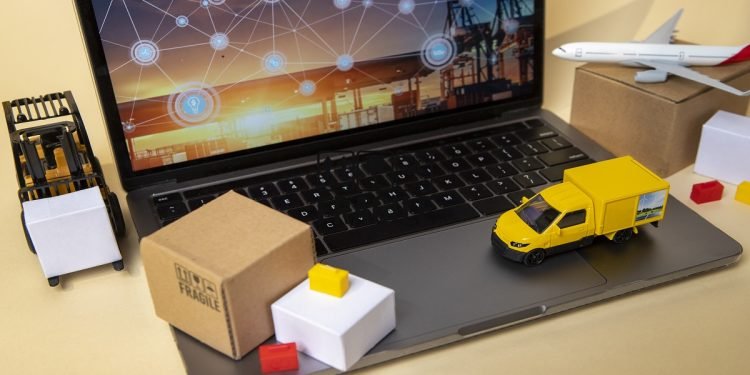By Eva Richardson | Published on April 4, 2025
The global reverse logistics market is undergoing a transformation of historic proportions, driven by the unstoppable rise of e-commerce, tightening regulatory frameworks, and increased consumer awareness around returns, repairs, and sustainability. According to recent industry reports, the market—valued at $731.9 billion in 2023—is projected to surpass $1.2 trillion by 2033, reflecting a compound annual growth rate (CAGR) of 5.4%.
As companies grapple with a sharp rise in product returns and increasingly complex global supply chains, reverse logistics—once considered a cost center—is rapidly becoming a strategic asset. From online fashion to high-tech electronics and even automotive parts, the management of post-sale product movement is now critical to competitiveness, profitability, and customer retention.
A Rising Force in Global Trade
At its core, reverse logistics encompasses the return, repair, remanufacturing, recycling, or disposal of products after they’ve reached the customer. Historically an afterthought, it is now being reimagined as a key driver of supply chain agility.
“Reverse logistics is no longer about damage control. It’s about creating a seamless post-purchase experience that matches or even exceeds the purchase experience,” said Nadia Velasquez, a logistics strategy consultant based in Madrid. “It has become integral to sustainability, customer loyalty, and revenue recovery.”
The e-commerce explosion, particularly post-pandemic, has turbocharged this shift. Consumers now expect effortless, often free returns—while also demanding fast refunds, sustainable practices, and transparent service. This has created both immense opportunities and growing pains for logistics providers, manufacturers, and retailers alike.
Regional Momentum: Asia-Pacific Leads the Pack
Geographically, the Asia-Pacific region is at the forefront of this growth. According to Precedence Research, the region accounted for more than 53% of global reverse logistics revenue in 2024, thanks to surging e-commerce volumes in China, India, and Southeast Asia, and increasing investments in circular economy initiatives.
Meanwhile, North America and Europe are witnessing strong adoption of reverse logistics services, particularly in sectors like automotive, electronics, and fashion. Regulatory compliance—especially in relation to product recalls and environmental mandates—continues to drive demand across both regions.
In North America, leading logistics firms are ramping up infrastructure to accommodate rising return volumes. “We’re seeing a decisive pivot in how companies manage returns—not as an operational burden, but as a customer engagement and brand trust tool,” said Steve Lambert, Director of Logistics Operations at a U.S.-based 3PL.
Evolving Technology and Innovation
One of the catalysts accelerating market growth is the increasing digitalization of reverse logistics. Technologies such as blockchain, AI-based return analytics, RFID, and IoT tracking are enabling smarter, faster, and more transparent returns management.
Companies are investing heavily in automated return centers, intelligent triage systems, and predictive software that can assess whether it’s more economical to restock, recycle, or dispose of an item—often in real time.
“Technology is making it possible to optimize the reverse logistics chain like never before,” said Velasquez. “It reduces waste, accelerates the process, and allows companies to recover value from returned goods more efficiently.”
Key Players and Competitive Dynamics
Several global players are positioning themselves at the forefront of this reverse logistics boom, including:
-
DHL Supply Chain
-
FedEx Reverse Logistics
-
UPS Returns Solutions
-
C.H. Robinson Worldwide
-
DB Schenker
These companies are expanding their capabilities through mergers, acquisitions, and new service models focused on end-to-end return management, offering everything from return initiation to final disposition.
Challenges Still Loom
Despite its momentum, the reverse logistics market faces hurdles. Among them:
-
Operational complexity: Returns require more handling, inspection, and decision-making than outbound shipping.
-
Cost containment: Free returns, especially for bulky or international goods, remain financially burdensome.
-
Environmental impact: Ironically, returns contribute to carbon emissions and packaging waste unless managed sustainably.
To address these, some companies are rethinking return policies, incorporating “green returns” (refund without return), or encouraging in-store drop-offs for online returns to minimize transportation emissions.
The Road Ahead
As the reverse logistics landscape matures, its role in shaping modern commerce will only deepen. By 2033, it will not merely support global trade—it will redefine it.
For businesses, the message is clear: those who treat reverse logistics as a core strategy rather than a reactive process will be better positioned to win in an increasingly customer-centric, sustainability-conscious world.























